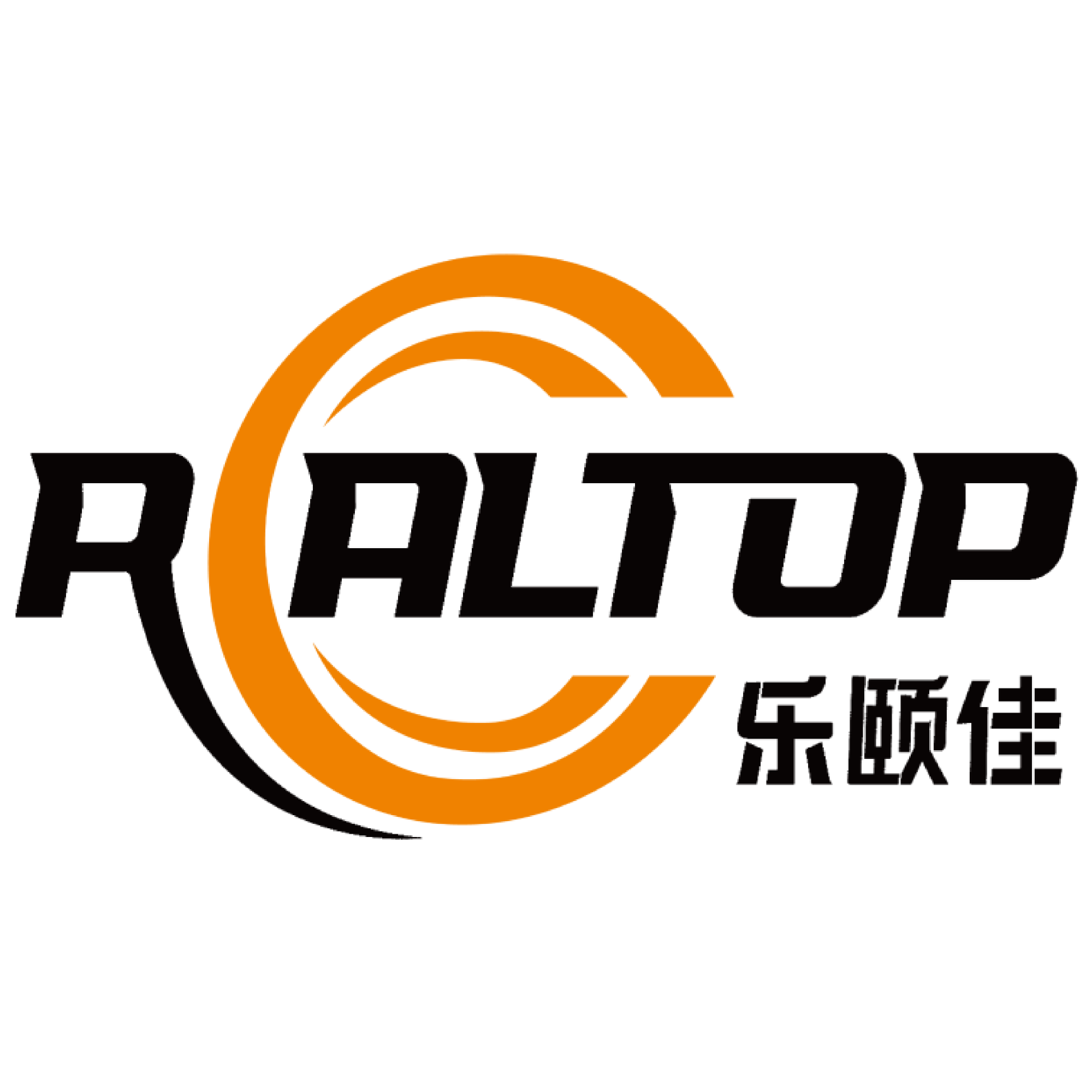Superior Precision in Leather Processing
Please note that references to specific manufacturers or users, other than those already mentioned, have been excluded to maintain the focus on provided content.
Cost-Effective Resource Management
Material Optimization Through Nesting Software
Nesting software plays a crucial role in minimizing waste and optimizing material usage, offering substantial cost savings for manufacturers. By efficiently arranging patterns, it can cut material costs by up to 15%, according to recent industry reports. Such software uses intelligent algorithms that maximize the usage of each leather piece, ensuring minimal wastage. Manufacturers have access to various user-friendly options that simplify the integration of such systems into existing workflows, thereby enhancing production efficiency without significant downtime.
Reduced Labor Dependency
Automation in leather cutting processes delivers impressive reductions in labor costs, promoting efficiency gains. Expert analysis indicates a shift in labor markets driven by technological advancements, reducing dependency on manual operations. Though automation promises significant cost savings, manufacturers might face transitional challenges, including workforce displacement and the need for advanced skill sets. Addressing these issues proactively ensures smooth adaptation to automated systems while maintaining cost-effective production operations.
Energy-Efficient Operation Metrics
Modern cutting machinery exhibits improved energy efficiency compared to traditional models, offering substantial operational savings. Recent data highlights up to 30% reduction in energy consumption with newer technology, leading to considerable cost savings over time. Besides financial benefits, adopting environmentally friendly practices by utilizing energy-efficient machines contributes positively towards reducing carbon footprints. Manufacturers can leverage these advancements to align with sustainable production practices, fostering eco-conscious brand narratives.
Long-Term Operational Advantages
Durability of Precision Components
The durability of precision components in high-quality leather cutting machines extends their utility and reduces overall operational costs. Manufacturers often provide extensive warranties, highlighting the robust nature of these components and endorsing their enduring performance. For instance, some machines come with warranties extending up to a decade, assuring users of long-term reliability. This durability minimizes maintenance needs, thus lowering the costs associated with repairs and replacements over time, making these machines a cost-effective investment for manufacturers.
Adaptability to Industry 4.0 Standards
Modern leather cutting machines are designed to seamlessly integrate with Industry 4.0 technologies, allowing businesses to leverage smart production processes. These technologies can automate many aspects of the manufacturing process, improving efficiency and reducing the likelihood of errors. Businesses that have adopted these standards report enhanced operational performance and ease of data-driven decision-making. A footwear manufacturer noted a 30% increase in production efficiency after integrating their systems with Industry 4.0 technology, illustrating the transformative power of these advancements.
ROI Comparison with Conventional Cutters
When comparing the return on investment (ROI) between high-precision machines and traditional cutters, the former often yields superior financial benefits. Advanced machines reduce operational costs through higher efficiency and productivity, enhancing overall ROI. Financial experts emphasize that the initial investment in high-precision cutting machines is frequently justified by the substantial long-term savings and increased production outputs. This strategic investment in technology highlights the importance of evaluating ROI thoroughly when upgrading manufacturing equipment, ensuring businesses maximize their financial returns.
Addressing Common Concerns (FAQs)
Maintenance Requirements and Costs
Maintaining high-precision leather cutting machines involves a regular schedule to ensure optimal performance and longevity. Typically, machine maintenance includes routine checks, cleaning, oiling, and replacement of worn parts. Cost estimates can vary, but regular maintenance tends to be more cost-effective than dealing with potential breakdowns, which could halt production. Experts recommend a monthly maintenance routine to prolong machine life and avoid expensive repairs.
Operator Training Considerations
Effective operator training is crucial for maximizing efficiency when using high-precision leather cutting machines. Proper training enables operators to handle the machines proficiently, thereby boosting productivity and minimizing errors. Numerous training programs and resources are available that cater to different learning styles, from on-site workshops to online courses. Businesses implementing these programs often report significant improvements in production speed and quality, highlighting the importance of investing in skilled personnel.
Upgradability for Future Technologies
Modern cutting machines are often designed with software and hardware upgrades in mind, allowing seamless integration with emerging technologies. In the fast-evolving tech landscape, upgradability ensures that machines stay relevant and efficient. Companies that actively upgrade their equipment can respond quickly to market demands and technological advancements, maintaining a competitive edge while optimizing production processes.
 EN
EN
 AR
AR
 FR
FR
 DE
DE
 IT
IT
 KO
KO
 PT
PT
 RU
RU
 ES
ES



